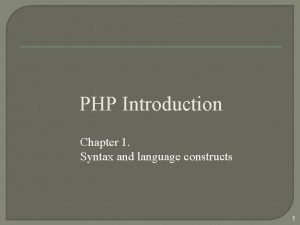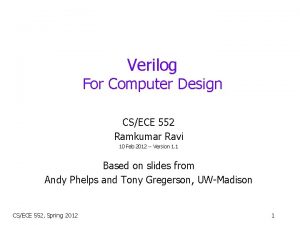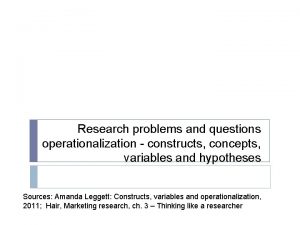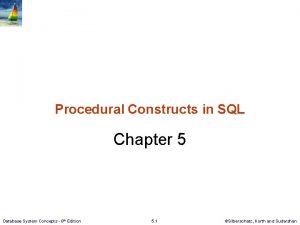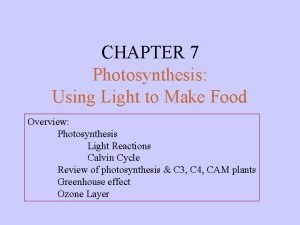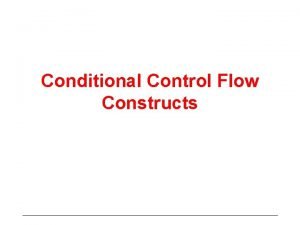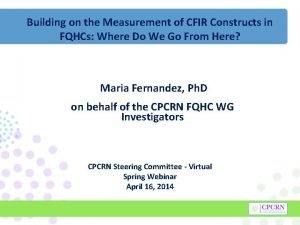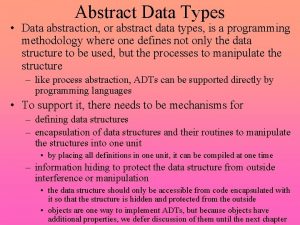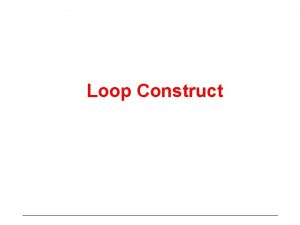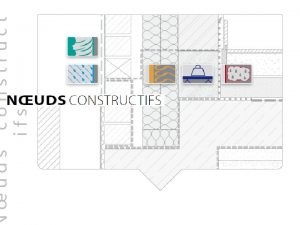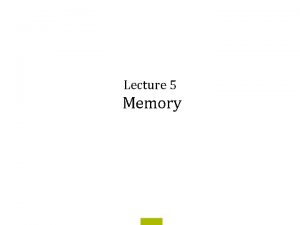Construct PPT1 Understanding the Constructs Memory Attention Language









- Slides: 9

Construct PPT-1 Understanding the Constructs Memory Attention Language Temporal. Sequential Ordering Higher Order Cognition Spatial Ordering Social Cognition Neuromotor Functions

Construct PPT-2 Attention Getting and staying focused while listening and watching Examples: > Tuning out distractions in order to concentrate on assignment > Working efficiently to meet a deadline Back to Understanding the Constructs

Construct PPT-3 Memory Holding onto to new thoughts and connecting them to past thoughts through storage and recall Examples: > Retaining the beginning of a story while reading the end > Incorporating new information to what is already known Back to Understanding the Constructs

Construct PPT-4 Language (Understanding and using words) Communicating and understanding ideas and thoughts Examples: > Determining meaning of a word from its context > Using rich vocabulary to describe a concept Back to Understanding the Constructs

Construct PPT-5 Temporal Sequential Ordering (Keeping track of time and order) Understanding, retaining and using the order of steps, events or other sequences Examples: > Following a series of directions to complete a project > Understanding the steps necessary in a math problem Back to Understanding the Constructs

Construct PPT-6 Spatial Ordering (Visual thinking) Interpretation and use of relationships within and between spatial patterns Examples: > Understanding ideas like fractions without using language > Organizing materials in an effective way Back to Understanding the Constructs

Construct PPT-7 Neuromotor Functions (Controlling movement) Effectively controlling the muscles of the body, big and small Examples: > Playing a game like baseball or soccer > Using a writing implement successfully Back to Understanding the Constructs

Construct PPT-8 Social Cognition (Making and keeping friends) Thinking that facilitates the making and keeping of friends Examples: > Choosing the best topic of conversation depending on group make-up > Using appropriate humor Back to Understanding the Constructs

PPT-10 Higher Order Cognition (Complex thinking) Inter-related processes that accomplish complex thinking and address sophisticated mental challenges Examples: > Creating a graphic that illustrates a science concept > Coming up with good and bad examples of a concept Back to Understanding the Constructs
